No Results Found
The page you requested could not be found. Try refining your search, or use the navigation above to locate the post.
The page you requested could not be found. Try refining your search, or use the navigation above to locate the post.
Features information that is relevant to travellers who are thinking about and actively planning a visit to Mauritus.

Mahébourg is a small town on the south-eastern coast of the island of Mauritius, having a population of 15,457 as of 2015. It is considered the main town of the Grand Port District.
The town of Mahébourg was founded in 1805 and named after the French governor, Mahé de Labourdonnais. In 1810, it was witness to the only French naval victory of the Napoleonic Wars at the Battle of Grand Port.
After the French chose Port Louis as the main port Mahébourg declined into a sleepy coastal city. The past is still preserved today in the Historical Naval Museum which also recounts the epic naval battles of the past between the French Navy and the Royal Navy. The Dutch historical museum in Grand Port tells the story of the early Dutch settlement of the island.
Mahébourg is only 15mins and around 10km from the International Airport. It is also 50km or one hour drive away from the capital Port Louis. You can easily get the bus to Port Louis or to other cities such as Quatre Bornes and Curepipe. The best time to visit Mahébourg is between October and November and Late April to May, when the temperature is less humid and hot. Average temperature in summer is around 30°C and in winter, temperature can drop to 20°C.

There are many places to stay in and around Mahébourg including hotels, guest houses and private villas that range from deluxe resorts to rooms to let. Preskil Island Resort, Astroea Beach Hotel, Nativ Lodge & Spa and Paradise Beach by Horizon Holidays are some of the hotels found there.
Blue Bay, Pointe d’Esny and La Cambuse. Mahébourg Waterfront, Mahébourg Museum, and Rault Biscuit Factory are some of the attractions near Mahébourg.
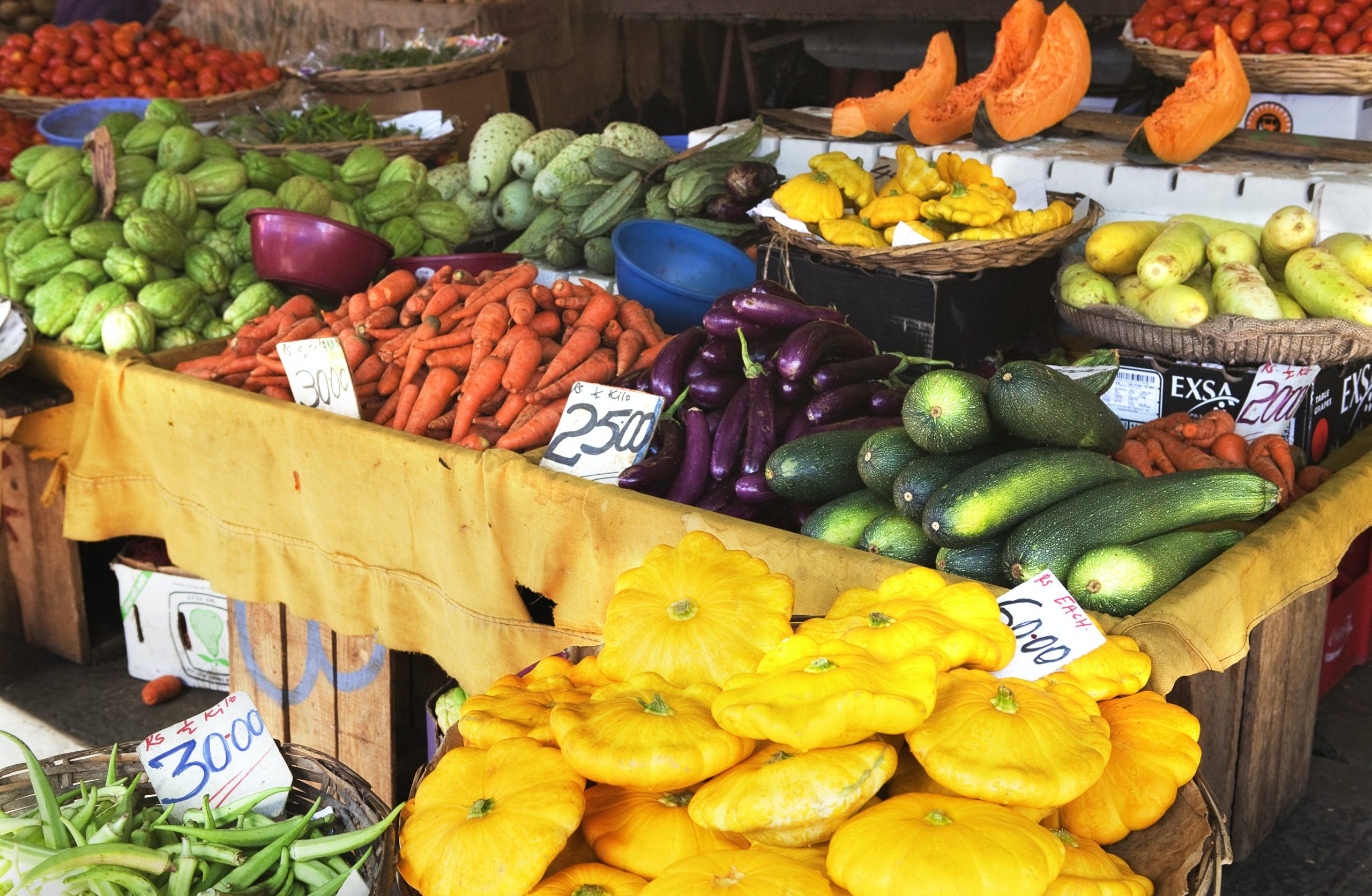
The Mahébourg Monday market is famous for trinkets and steaming food stalls selling some local snacks such as gâteaux piments (chili cakes), dhal puri (lentil pancakes) and samousas (samosas) which are usually dispensed from boxes on the backs of motorcycles. The market is open every day but doubles in size on Monday.
Bo’Valon Mall is located in the intersection of Blue Bay and Mahébourg arterial roads. The mall has a specious food court as well as 46 other shops such as Espace Maison, fashion outlets, health and beauty stores, and sports outlets.
Mahébourg is well known for its lagoon (the biggest in Mauritius) and for its fishing industry.
The largest company and the main employer for the Mahebourg area is Omnicane. The mill annually produces around 135,000 tons of Plantation White Sugar for the refinery, 400,000 tons of bagasse for its main cogeneration power plant, and 45,000 tons of molasses for the bioethanol distillery. Omnicane’s sugarcane mill processes 1.3 million tons of sugarcane a year and has a daily milling capacity of 8,500 tons.
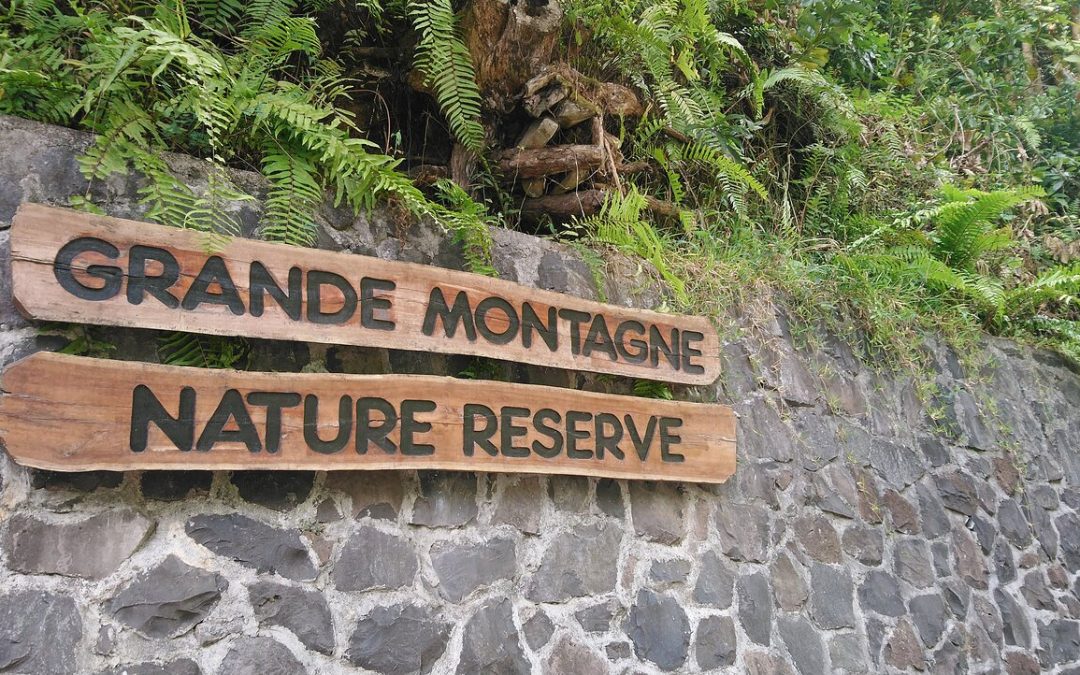
This nature reserve, one of the last remaining stands of forest on Rodrigues, crowns the island’s summit. It is located in the high Grand Montagne mountains, in the central eastern part of Rodrigues.
The Mauritian Wildlife Foundation has planted more than 200,000 native plant species across more than 25 hectares. Around 84% of the 25.5 ha fenced area at Grande Montagne has been restored to date and the aim of MWF is to complete the initial restoration of this reserve within the next few years. Over 156,516 plants have been planted in the reserve by MWF. So far 40 rare Rodriguan plant species are successfully conserved on Grande Montagne.

The population of the Rodrigues Fody has been increased to reach 8,000 individuals, whilst 4,000 Rodrigues Warbler have been added as a part of the habitat restoration on Grande Montagne.
The restoration of this ecosystem has ensured the survival of the Rodrigues fody and the Rodrigues warbler bird species, as well as the Rodrigues fruit bat. The reserve is also the only remaining habitat of the endemic Rodrigues Aloe.
The reserve is included in the Rodrigues Environmental Education Programme where students visit and are taught about the reserve and its importance.
The MWF runs free guided tours weekdays and Saturdays. You can get the useful (and free) Grande Montagne Nature Reserve Field Guide from the information centre at the entrance to help you with plant and bird identification.
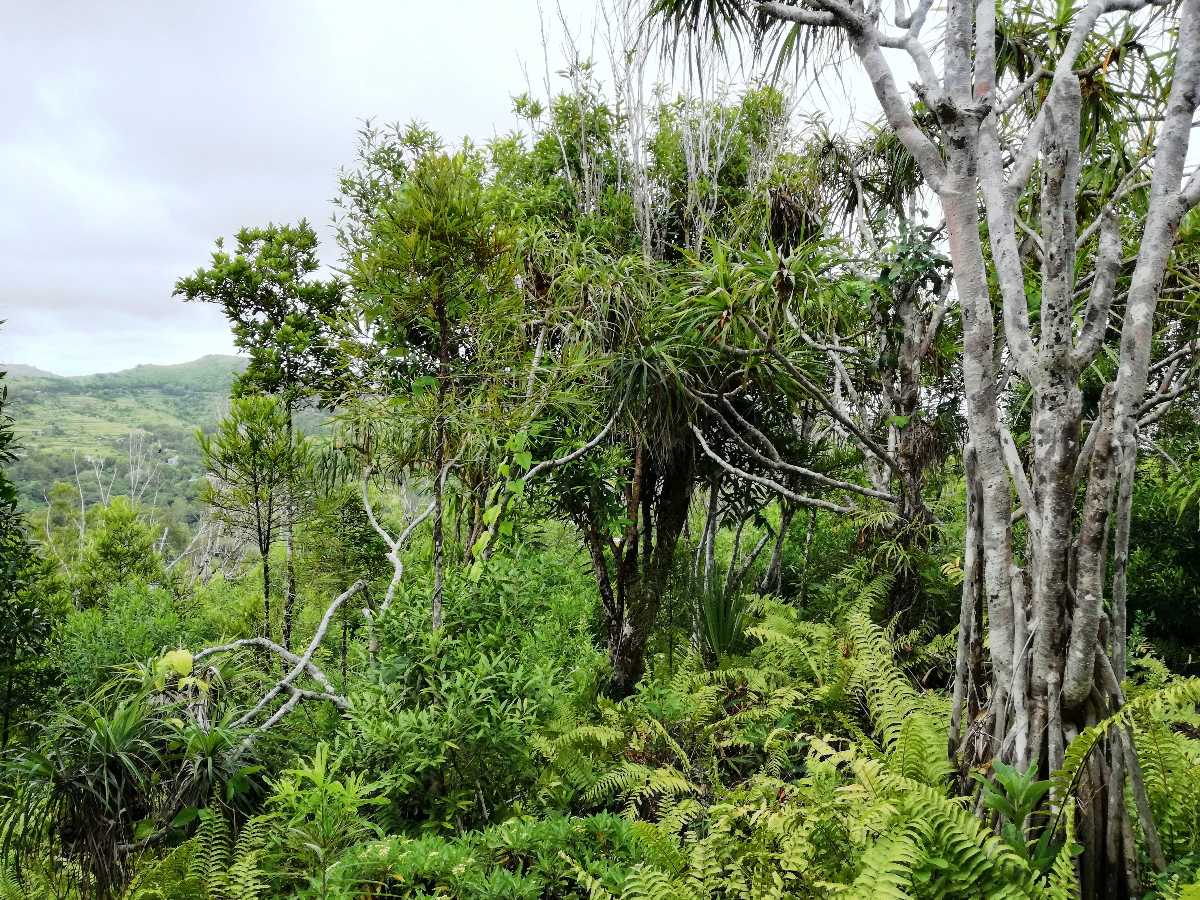
Tours are conducted at 9.30 a.m and 1.15 p.m from Monday to Friday and at 9.30 a.m on Saturday. The tour lasts for about two hours.
At about ¾ of the trail there is a view point where you’ll get one of the best panoramic views of the southeast coast. At the education center you can view a display of the Solitaire bird and giant tortoise skeletons.
One section also serves as a little tortoise park where you’ll get to see five tortoises roaming about freely.

The Blue Penny Museum is situated at Caudan Waterfront in Port Louis. It opened in November 2001.
In the museum there are six exhibition rooms dedicated to history, literature and art. The maritime world room shows exhibits relating to navigation, exploration, discovery, maps, technology, commercial routes. The Colonization room portrays stories of the taking over of territories, settlement, population and development. The capital, Port Louis Room shows the evolution and development of the port and town since 1736. Postal history room has exhibits relating to means, channels and organization of communication systems over nearly four centuries.
There is also a room displaying historical sources, the tragedy, the vestiges, the novel and its notoriety, the artistic representations of the novel “Paul et Virginie”. Paul et Virginie is a novel by Jacques-Henri Bernardin de Saint-Pierre, first published in 1788. The story is set on the island of Mauritius under French rule, then named Île de France.
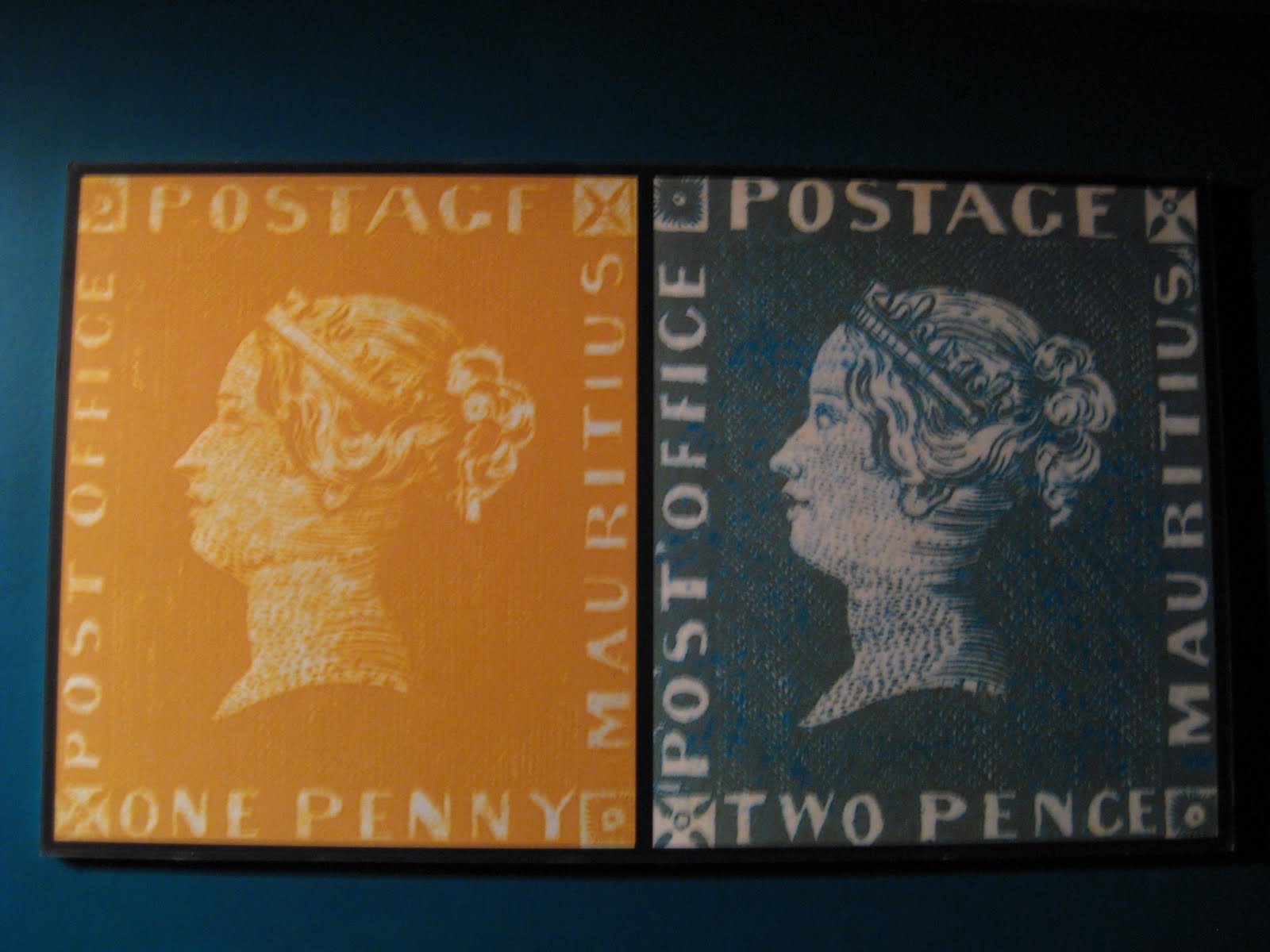
The Philately room has a collection that includes the 1847 Blue Penny and Red Penny stamps. The stamps were bought in 1993 for $2,000,000 by a consortium of Mauritian enterprises headed by The Mauritius Commercial Bank and brought back to Mauritius after almost 150 years. The museum, founded by The Mauritius Commercial Bank.
For conservation, the originals are illuminated only temporarily. Most of the time only copies are available for viewing.
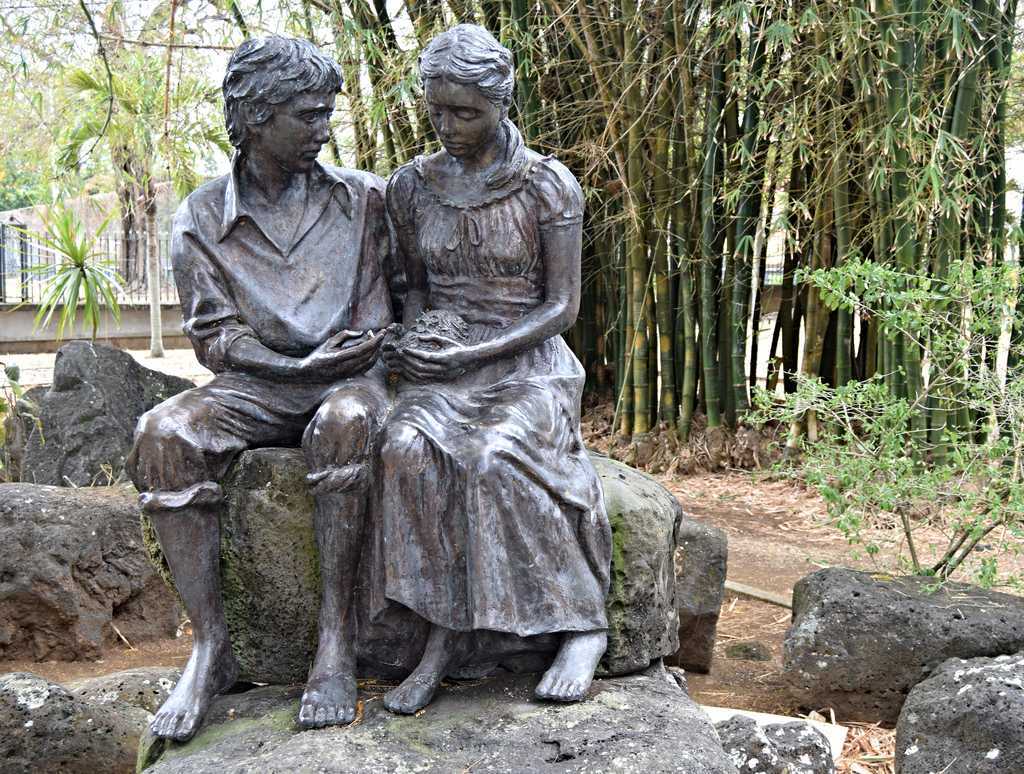
Paul et Virginie sculpture
In 1881, the Municipality of Port Louis, of the colony of Mauritius, commissioned Mauritian sculptor Prosper d’Epinay, to create a marble sculpture inspired by the novel, “Paul et Virginie”. The artist carved the sculpture from a single block of Carrara marble. The sculpture remained on display in d’Epinay workshop in Rome until 1886,when it was bought by a Portuguese collector. The original statue was purchased at an auction in London in October 1997 and was finally brought back to its initial destination.
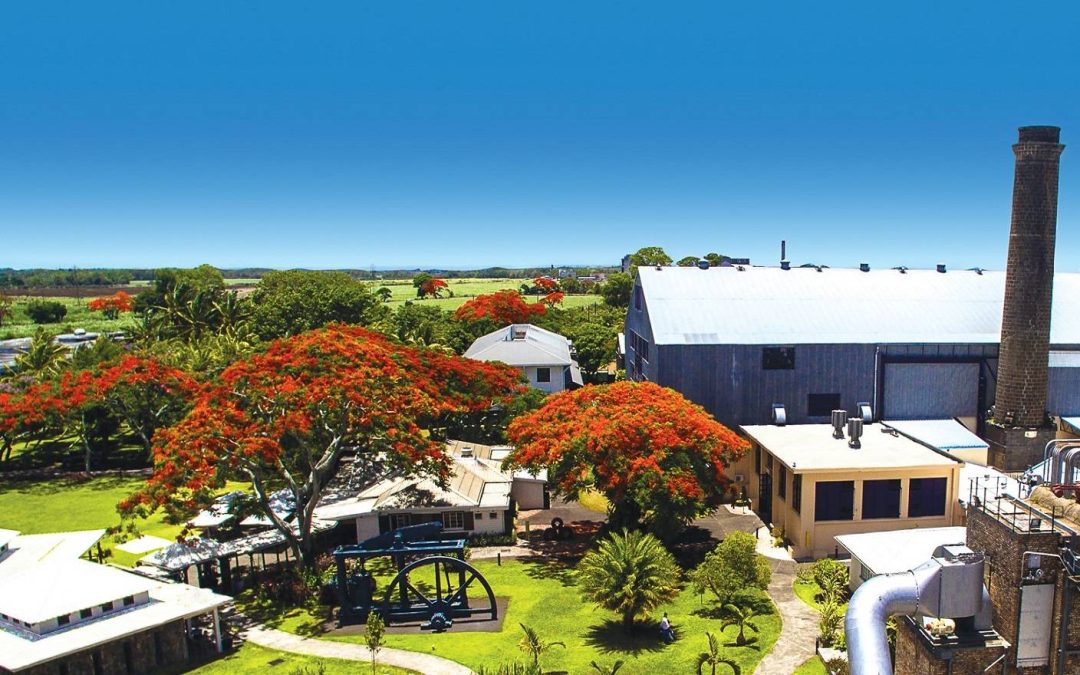
This museum in a former sugar factory in Pamplemousses near the Botanical Gardens, features exhibits on the cultivation of sugarcane. It is open from Monday to Saturday from 10.00am to 4.00pm and closed on public holidays. The guided tour is with no extra charge. A normal visit will take about 1 hour and 30 minutes but a detailed visit will take 3 hours. An audio guide is available for free download on the AppStore and Google Play platforms in French, English, German, Chinese, Russian, Italian and Spanish. It is also recommended to bring your own earphones or headphones.
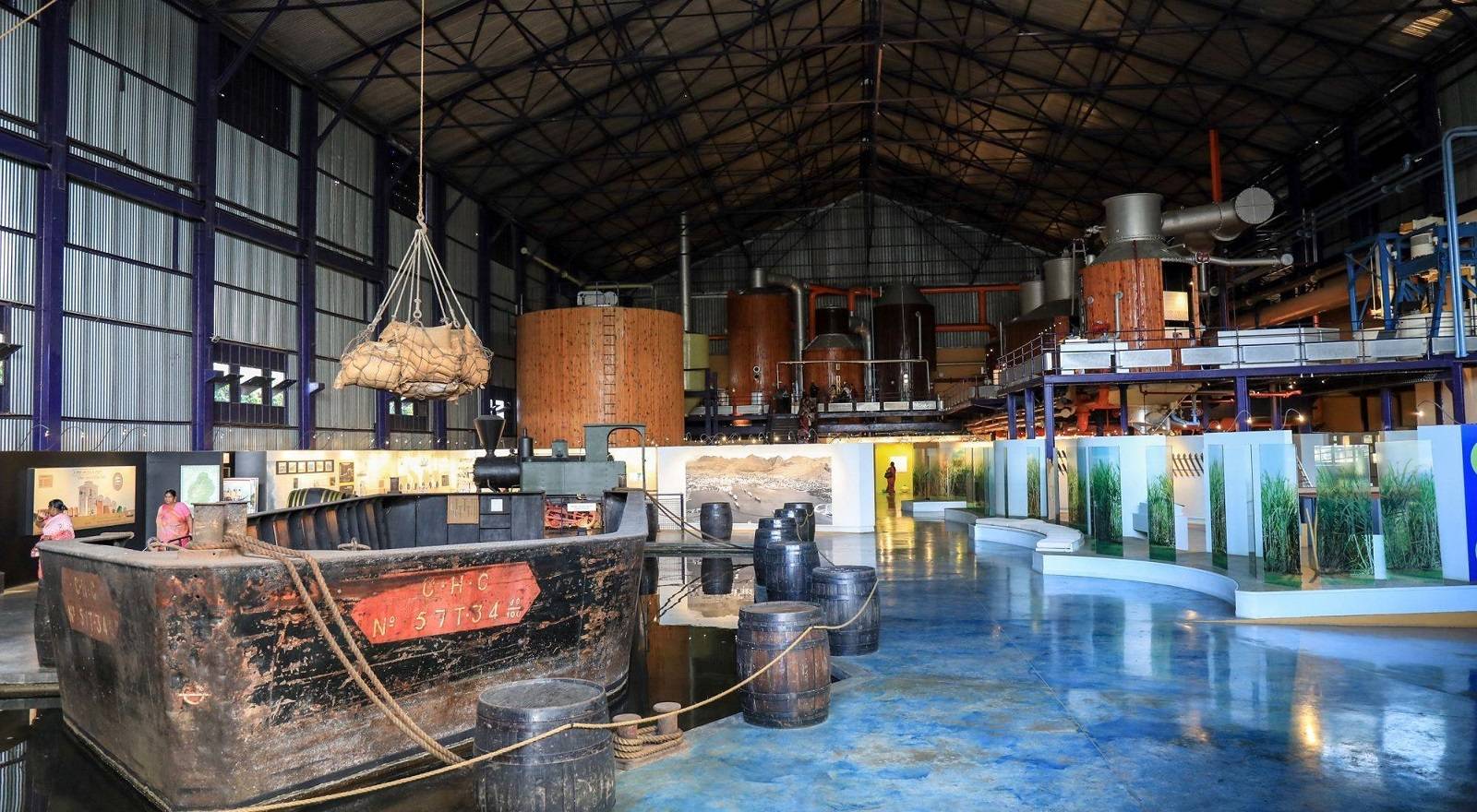
Sugar canes were introduced from Java by Dutch settlers in the 1600s. French colonists arrived shortly after the Dutch abandoned the island in 1710. By the time of the Napoleonic Wars in the early 1800s, there were around 60,000 slaves working in the island’s sugar industry who constituted the bulk of the population. They were mostly replaced by indentured labourers from India after the abolition of slavery in the British Empire in the 1830s.
Much of the original machinery – pipes, vats, vessels – is still on display, including two locomotives and a large wooden barge which was used to transport sugar from Mauritius to Madagascar.
At the museum entrance,a booklet is available for children between 7 and 12, which includes games and puzzles to help them enjoy finding out more about the history of Mauritius and its famous sugarcane.
A range of documents is available for teachers, parents and students to enable them to prepare visits or read more about L’Aventure du Sucre.
The 250 years of history of the old sugar mill, will also trace the history of Mauritius. The factory was used until the 1970s to transport sacks of sugar in the port. Today you can see how the docks used to be in those times and discover their importance to Mauritius.
Even today sugar is a major industry in Mauritius after tourism and textile manufacturing. But increased mechanization and consolidation of the mills has led to far fewer numbers being employed in the industry.
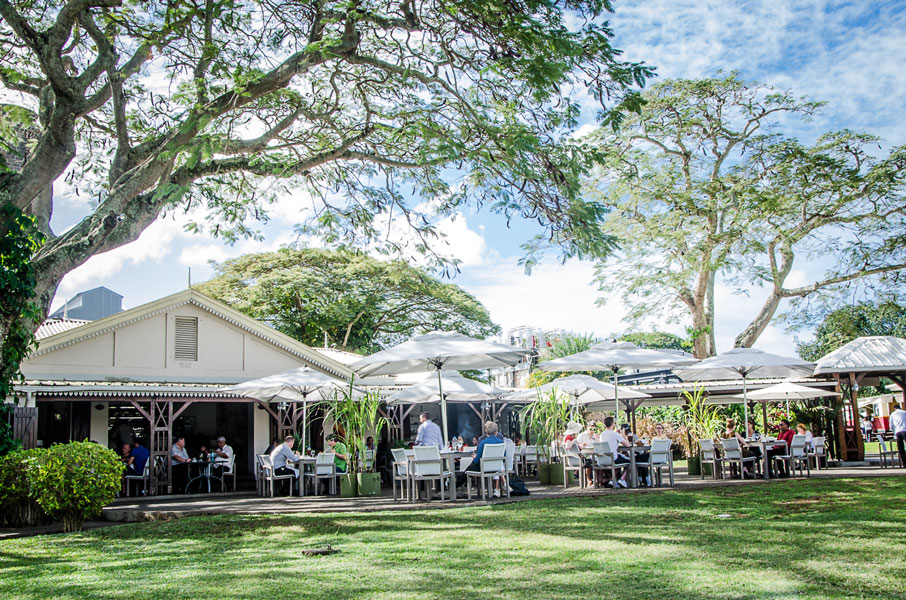
At the end of the tour, you’ll have the opportunity to sample many different varieties of unrefined sugar, alongside some local rum. The restaurant, Le Fangourin, located in a lovely lush setting overlooking the mountains of the central plateau serves Mauritian flavors and savors.
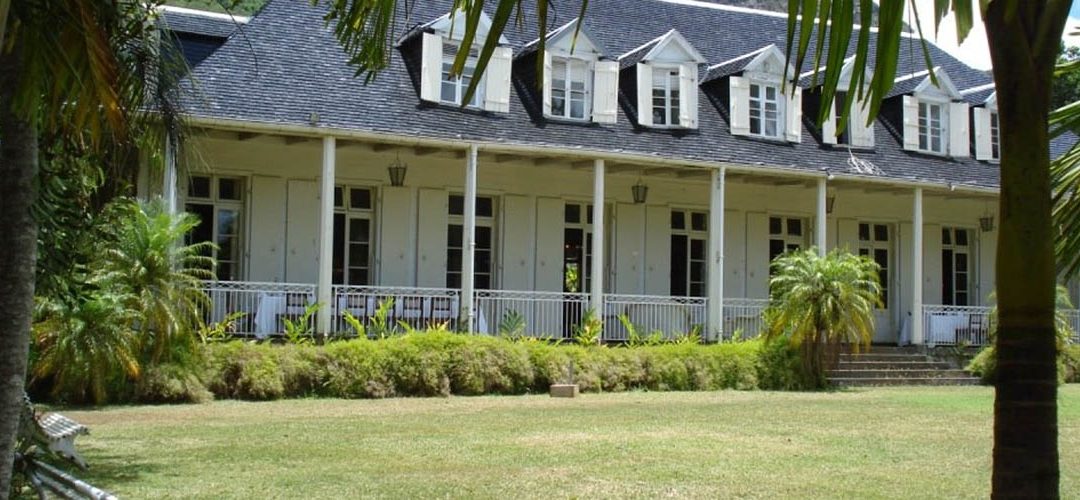
Eureka House is an elegant Creole house built in 1830. It is situated by the river of Moka. It was originally owned by British and French aristocrats in the 19th century. It is reputed to be one of the largest houses on the island, with 109 doors and windows.
The visit of the Eureka Mansion provides a glimpse into colonial life. The house is filled with antiques and photos of the period. It also has a magnificent garden surrounded by waterfalls of the Moka River.
The Eureka house was opened to the public as a museum in 1986. The house is constructed largely of wood and surrounded by a long, shady veranda. In the grounds you will find a mix of natural Mauritian plant life, including mango trees and palms, a waterfall and an English-style garden.
The museum has areas which are dedicated to music, art, antique maps, Chinese and Indian house wares and a colonial-era shower. You will have a tour of the house and its beautiful gardens.
The Eureka house is an attraction for all nature lovers offering kilometers of tracks dedicated to footing.
There are many endemic plants, lush greenery which surrounds the house and rare specimens.
There are 4 beautiful small waterfalls. There is an intense marine life under the water surface.
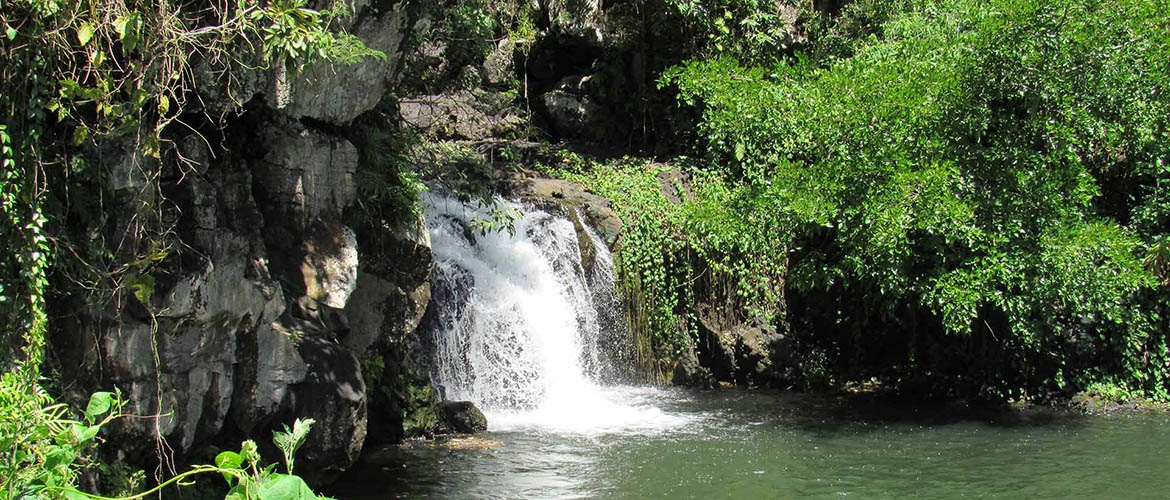
Deeper in the garden, you will see the azaleas and the camellias as well as the endemic ochna from South Africa. There are also some rare endemic plants in the garden.
Rooms are adorned with impeccably preserved period furniture imported by the French East India Company. Notable of which are the antique maps, a strange shower contraption that was quite the luxury some 150 years ago and the mildewed piano with keys like rotting teeth.
There is a Souvenir Shop where you can buy Mauritian products such as Mauritian tea, scented candles, spices, exotic jewelry, jams, books and scarves.

In the Old Kitchen you will be able to taste the traditional delicious Mauritian cuisine. You will also be able to see what a colonial kitchen was like.
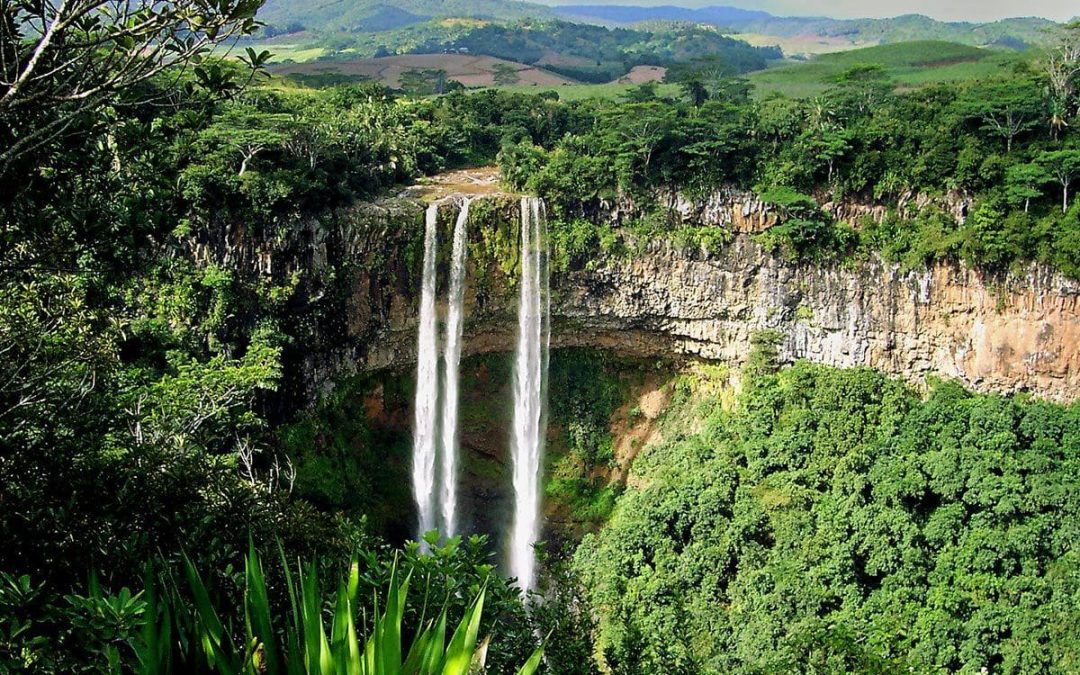
Chamarel Waterfall is acknowledged as Mauritius’ highest waterfall. It is 100-meter high with dense foliage formed due to the presence of the Black River Gorges. It is situated within the close proximity of the famous Seven Colored Earth of Chamarel.
If you choose to avoid the slippery portion of the waterfalls, you still can enjoy its magnificence from a distance as the place has got excellent viewpoints. These viewpoints make it easier to capture some stunning images of the waterfalls from different angles.
Curious Corner of Chamarel is an attraction near the waterfall. There you will witness illusions and mind-bending tricks that will thrill you upside down. In their Mirror Maze Room or Upside Down Room you will witness a world full of magical illustrations.
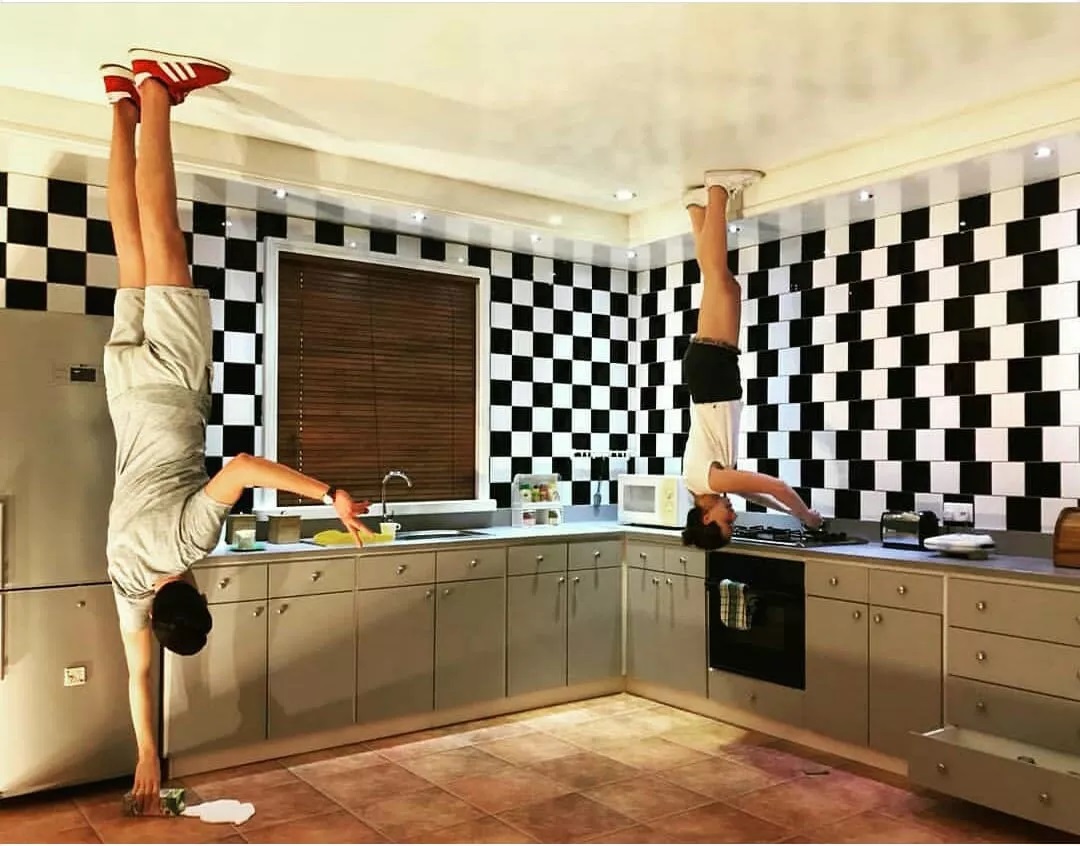
During summers, you will see the waterfall bifurcated into two to three distinct trickles. Tourists visiting the Chamarel Waterfalls of Mauritius usually participate in the abseiling activity here.
There are many bus facilities available between the Mauritius City Centre and the Chamarel Seven Colored Earth gate. From there you can either opt for government buses or those which are run by private travel agencies t reach the waterfall. Alternatively you can hire a car from the city to the waterfall.
The period between May to December is preferable to visit the Chamarel Waterfalls as the weather remains pleasant there in Mauritius. This is the wet season in Mauritius, where the waterfall flows into its full force.
The La Vieille Cheminee is a Creole-style lodging built upon a tropical farm and features a good count of both cottages and lodges. It is 1.7 km from the Chamarel Waterfalls. Lakaz Chamarel Exclusive Lodge is a beautiful four-star hotel where you can find all the luxury and comfort you need. From the rooms you get a vista of the vastly stretched Chamarel Valley. Green Cottage Chamarel has two spacious rooms with en suite bathrooms, lounges with a fireplace, a terrace, and a bathroom. It is 0.4 km from the Chamarel Waterfalls.
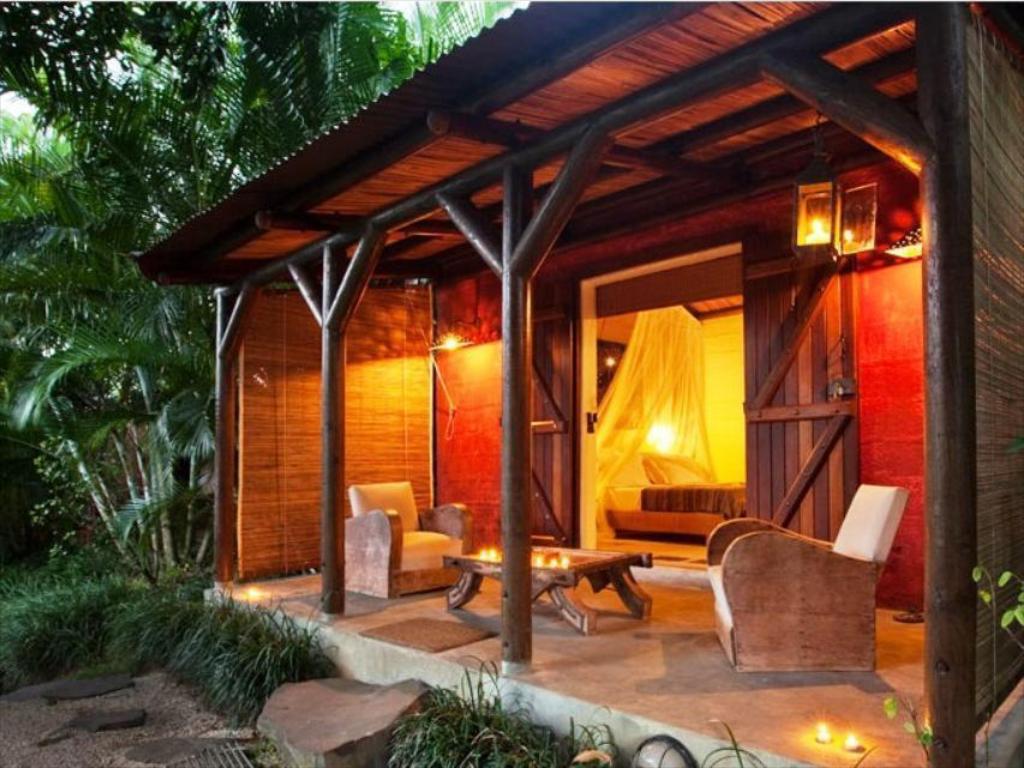
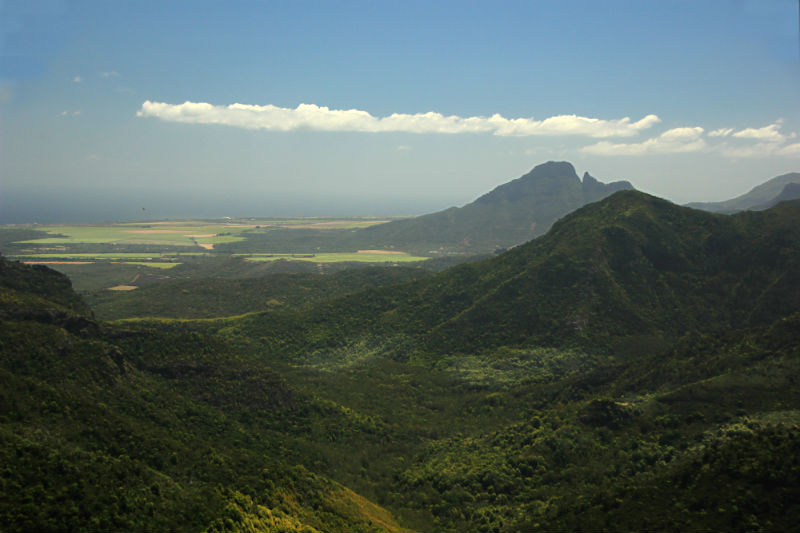

The Photographic Museum was created by Marie-Noëlle and Tristan Bréville in the late 1960s. Their daughter Marie Julie is now making it a family affair to keep the tradition rooted down in Mauritian culture.The Museum goes beyond the conservation and preservation mission as it creates and saves the memory of a nation.
The Museum is located in an 18th century building and the visitors will be able to meet the creators of the Museum. The creators vision is to promote Mauritian photography.
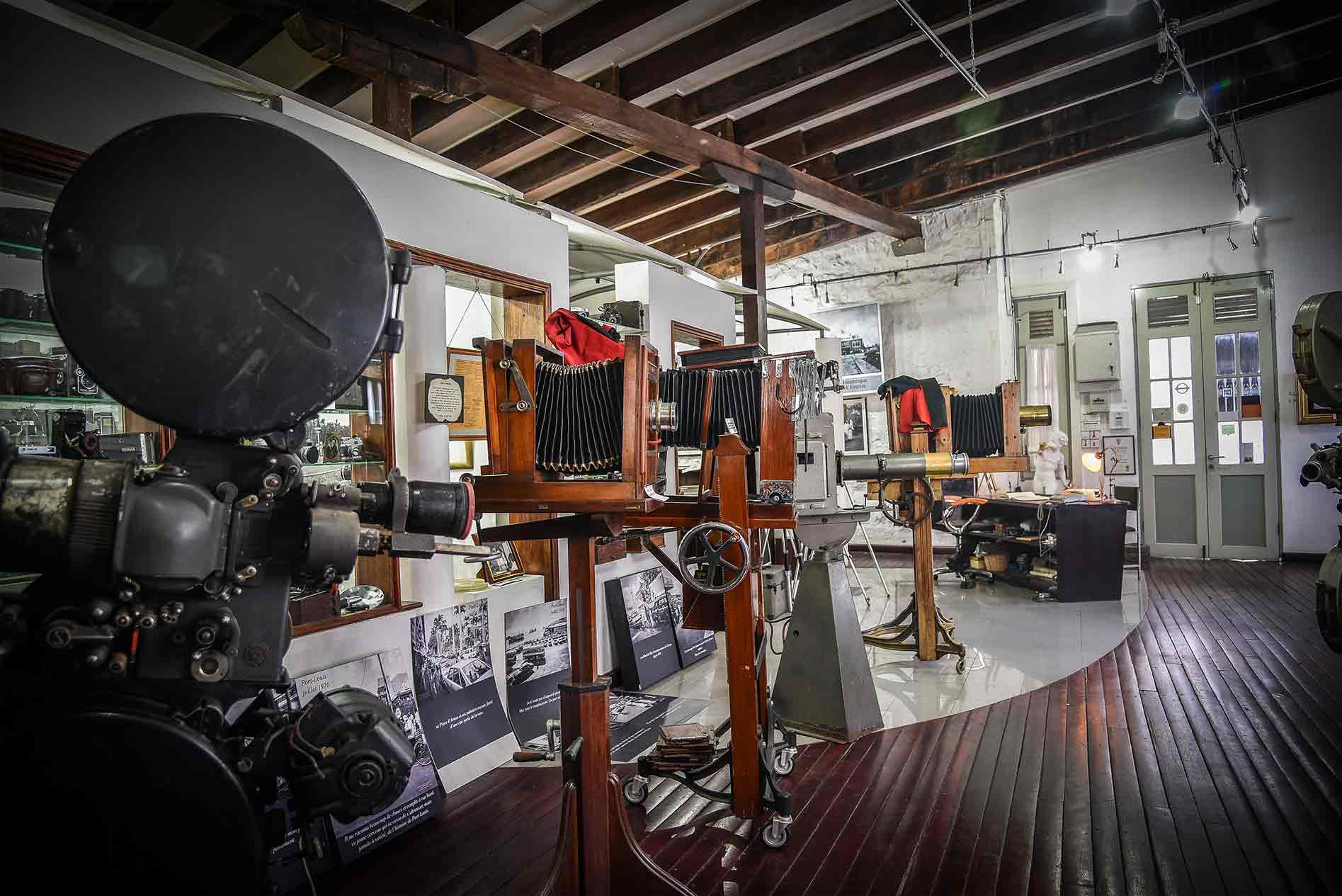
The Museum contains more than one thousand cameras and the first photographic lens which equipped one of the first ever made photographic cameras and bought by a Mauritian in Paris in 1839. In addition it has a collection of nearing a million documents and a large collection of postcards and photographs.
There is also a fabulous collection of Mauritian “daguerreotypes”. The daguerreotype was the first commercially successful photographic process (1839-1860) in the history of photography. Named after the inventor, Louis Jacques Mandé Daguerre, each daguerreotype is a unique image on a silvered copper plate.
The equipment displayed at the museum ranges from the press machine dating back from 1773 to the earlier Gaumont stereoscopic film used in cinema halls as from 1913.The gallery includes earlier colonial sceneries of sugar barons and plantations as well as remote village way of life to the development of cities like Rose Hill and Port Louis.
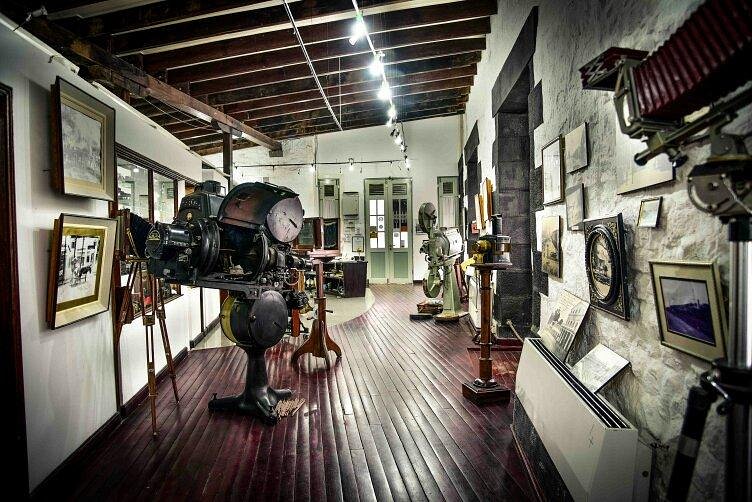
The guided tour of the museum lasts around an hour but Mr Breville (the museum founder) stated that “there have been people who were so lost on the picturesque display that they spent the whole day there”.